As someone who’s spent years working with materials in industries ranging from consumer electronics to automotive manufacturing, I’ve fielded my fair share of questions about TPE (Thermoplastic Elastomer). One issue that keeps popping up, whether from product designers or end-users, is: Why does TPE get sticky after a while? It’s a frustrating problem. You invest in a material known for its flexibility, durability, and soft-touch feel, only to find that over time, it starts feeling tacky, collecting dust, or even degrading. I’ve seen this happen with everything from phone cases to medical device grips, and it’s a topic worth unpacking.
In this article, I’ll break down the reasons behind TPE’s stickiness, drawing on my experience and industry insights. I’ll also share practical solutions to prevent or mitigate this issue, so you can make informed decisions about using TPE in your projects. Whether you’re a manufacturer, designer, or just curious about why your TPE yoga mat feels gummy, this guide is for you.
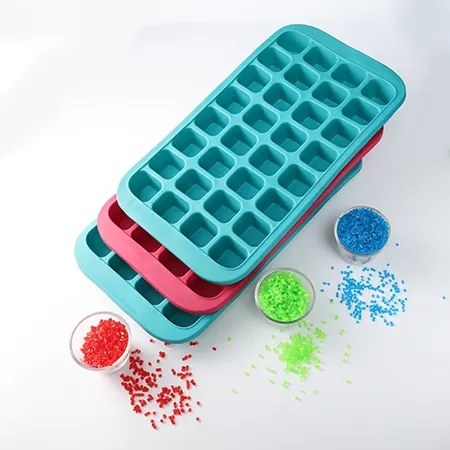
Understanding TPE: A Quick Primer
Before diving into why TPE becomes sticky, let’s clarify what TPE is. Thermoplastic Elastomers are a class of materials that combine the elasticity of rubber with the processability of plastics. They’re incredibly versatile, used in products like soft-touch handles, seals, wearable devices, and even baby products. TPE’s popularity stems from its softness, durability, recyclability, and ability to be molded into complex shapes.
However, TPE isn’t a single material but a family of compounds, including subtypes like SEBS (Styrene-Ethylene-Butylene-Styrene), TPU (Thermoplastic Polyurethane), and TPO (Thermoplastic Olefin). Each has unique properties, but they all share a common vulnerability: under certain conditions, their surfaces can become sticky over time. Let’s explore why.
Why Does TPE Become Sticky? The Root Causes
Stickiness in TPE isn’t just a random quirk—it’s the result of specific chemical and environmental factors. Based on my experience and research, here are the primary reasons:
1. Migration of Additives to the Surface
TPE formulations often include additives like plasticizers, oils, or lubricants to enhance flexibility, processability, or cost-effectiveness. Over time, these additives can migrate to the material’s surface, creating a tacky layer. This is especially common in SEBS-based TPEs, which may contain mineral oils that seep out under heat or prolonged use.
Think of it like a sponge slowly releasing water. The migrated additives form a sticky residue that attracts dust and feels unpleasant to the touch. According to a study published on ScienceDirect, additive migration is a leading cause of surface degradation in TPEs, particularly in low-cost formulations.
2. Polymer Degradation Due to Environmental Factors
TPE is durable, but it’s not invincible. Exposure to UV light, heat, humidity, or oxygen can trigger polymer degradation, breaking down the molecular chains and altering the material’s surface. This degradation often manifests as stickiness, discoloration, or a loss of elasticity.
For example, I’ve seen TPE grips on outdoor equipment turn sticky after months of sun exposure. The UV radiation breaks down the polymer’s structure, exposing softer, tackier components. Similarly, high humidity can accelerate oxidation, especially in TPEs with poor stabilizer content.
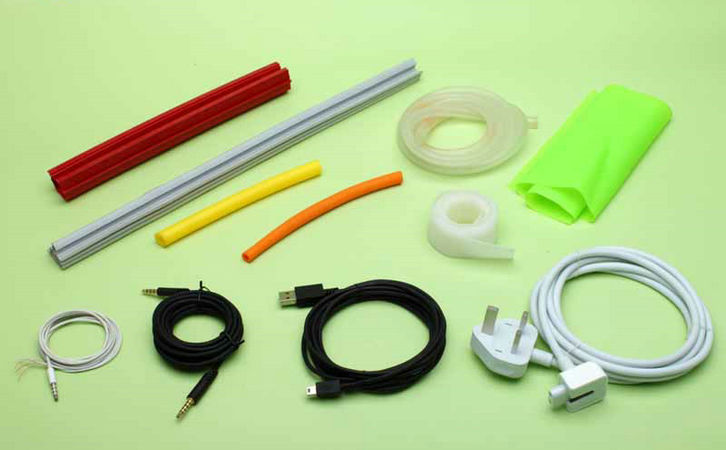
3. Interaction with External Substances
TPE surfaces can react with external substances like oils, sweat, cleaning agents, or cosmetics. These interactions can soften the surface or dissolve certain components, leading to stickiness. For instance, I once worked on a project where TPE phone cases became sticky after users applied hand lotion. The lotion’s oils penetrated the TPE, altering its surface chemistry.
This is particularly problematic for consumer products like wearables or kitchen utensils, where contact with skin or food is common. The wrong cleaning agent, like an alcohol-based sanitizer, can also exacerbate the issue by stripping away protective additives.
4. Low-Quality Formulations
Not all TPEs are created equal. Some manufacturers cut costs by using low-quality base polymers or excessive fillers, which compromise long-term stability. These formulations are more prone to stickiness because they lack robust stabilizers or antioxidants to combat degradation. I’ve seen this in budget TPE products, where stickiness appeared within months of use.
5. Improper Processing During Manufacturing
The way TPE is processed—molded, extruded, or compounded—can affect its long-term performance. Overheating during molding, for example, can degrade the polymer, making it more susceptible to stickiness. Similarly, inconsistent mixing of additives can lead to uneven distribution, causing some areas to become tacky faster than others.
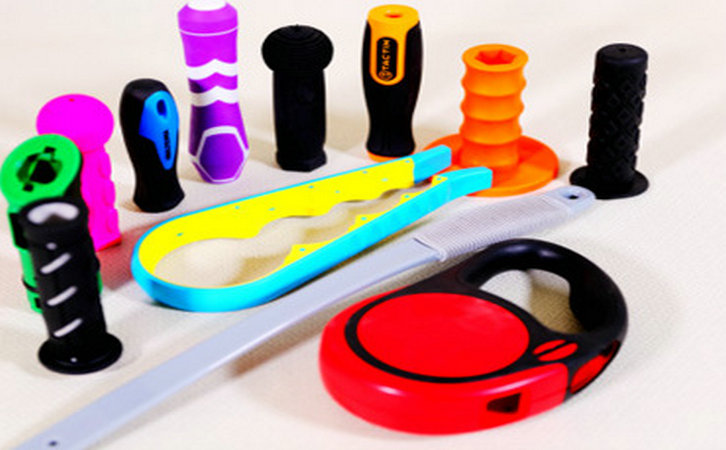
How to Prevent or Mitigate TPE Stickiness: Practical Solutions
Now that we know why TPE gets sticky, let’s talk solutions. Whether you’re designing a product or dealing with a sticky TPE item, here are strategies to address the issue:
1. Choose High-Quality TPE Formulations
The foundation of a non-sticky TPE product lies in its formulation. Here’s what to prioritize:
Low-Migration Additives: Work with suppliers to select TPEs with minimal or non-migrating plasticizers. For example, TPU often has better stability than SEBS due to its lower oil content.
UV and Heat Stabilizers: Ensure the TPE includes additives like HALS (Hindered Amine Light Stabilizers) or antioxidants to resist environmental degradation.
High-Grade Polymers: Opt for premium TPE grades designed for long-term use, especially for outdoor or high-contact applications.
When sourcing TPE, ask suppliers for technical data sheets and aging test results to verify performance. A study from Polymer Degradation and Stability highlights that stabilized TPEs show significantly less surface tackiness after accelerated aging.
2. Apply Surface Treatments or Coatings
Surface treatments can create a protective barrier, reducing stickiness. Here are some effective options:
Polyurethane Coatings: A thin PU coating can seal the TPE surface, preventing additive migration and environmental damage. This is common in automotive and medical applications.
Plasma Treatment: Low-temperature plasma can modify the TPE surface, increasing its resistance to degradation. This also improves adhesion for coatings.
Silicone-Based Sealants: These provide a non-sticky, durable surface while maintaining flexibility.
I’ve used PU coatings on TPE grips for fitness equipment, and the results were impressive—no stickiness even after years of use. However, coatings add cost, so weigh the benefits against your budget.
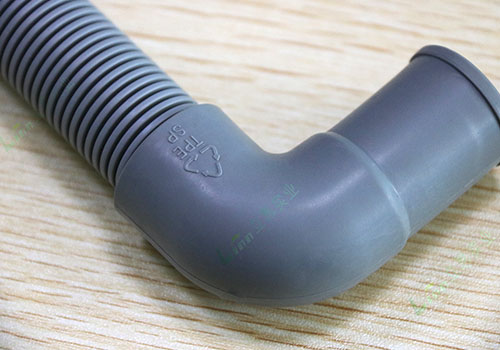
3. Optimize Storage and Usage Conditions
How TPE products are stored and used plays a big role in their longevity. Here’s what to do:
Avoid Direct Sunlight: Store TPE items in cool, shaded areas to minimize UV exposure. For outdoor products, consider UV-resistant coatings.
Control Temperature: Keep TPE below 40°C to slow additive migration and degradation. Avoid leaving TPE products in hot cars or near heat sources.
Clean Properly: Use mild soap and water for cleaning. Avoid harsh chemicals like alcohol or acetone, which can damage the surface.
For example, I advised a client to store TPE yoga mats in a ventilated bag rather than a hot gym locker, and it significantly reduced stickiness complaints.
4. Improve Manufacturing Processes
If you’re a manufacturer, refining your processes can prevent stickiness:
Control Molding Temperatures: Follow the supplier’s recommended temperature range to avoid overheating, which degrades the polymer.
Ensure Proper Mixing: Use high-shear mixing to evenly distribute additives, reducing the risk of localized migration.
Post-Processing Annealing: Heat-treat TPE parts after molding to stabilize the surface and minimize residual stresses.
I once worked with a factory that reduced stickiness in TPE seals by lowering extrusion temperatures by just 10°C, proving that small tweaks can make a big difference.

5. Test and Validate TPE Performance
Before launching a TPE product, conduct rigorous testing to predict long-term behavior. Here’s a table summarizing key tests:
|
Test Type |
Purpose |
Method |
Expected Outcome |
|---|---|---|---|
|
Accelerated Aging |
Simulate long-term exposure |
Expose TPE to UV, heat, and humidity in a chamber |
No stickiness or discoloration after 500+ hours |
|
Surface Tack Test |
Measure stickiness |
Use a probe to quantify surface adhesion |
Low tack values (<0.5 N/cm²) |
|
Migration Test |
Check additive seepage |
Soak TPE in solvent and analyze residue |
Minimal additive extraction |
|
Environmental Stress Test |
Assess real-world durability |
Subject TPE to cycles of heat, cold, and moisture |
No surface changes after 100 cycles |
Testing is critical. I’ve seen companies skip this step to save time, only to face costly recalls when products turned sticky in the field.
Real-Life Example: Solving a Sticky TPE Problem
A few years ago, I consulted on a project involving TPE grips for a line of kitchen utensils. The client was thrilled with the soft, ergonomic feel of the TPE but started getting complaints about stickiness after six months of use. Users reported that the grips felt tacky and attracted grime, especially after exposure to cooking oils.
We traced the issue to two factors: excessive plasticizer content in the TPE formulation and frequent contact with oily substances. Our solution was threefold:
Switched to a Low-Migration TPE: We collaborated with the supplier to reformulate the TPE with a higher-grade SEBS and UV stabilizers, reducing oil migration.
Applied a PU Coating: A thin, food-safe polyurethane coating was added to the grips, creating a non-sticky barrier.
Educated Users: We included care instructions, advising users to clean the grips with mild soap and avoid prolonged oil exposure.
The result? Complaints dropped to nearly zero, and the product’s lifespan doubled. This experience reinforced my belief that solving TPE stickiness requires a combination of material science, process optimization, and user education.
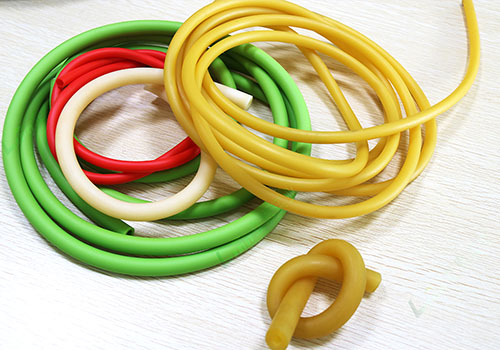
Common Questions About TPE Stickiness
To wrap up, here are answers to some frequently asked questions about TPE stickiness, based on my interactions with clients and colleagues:
Q1: Does all TPE become sticky over time?
A: Not necessarily. High-quality TPEs with proper stabilizers and low-migration additives are far less prone to stickiness. The issue is more common in budget formulations or products exposed to harsh conditions.
Q2: Can I fix a sticky TPE product?
A: For minor stickiness, clean the surface with mild soap and water, then apply a silicone-based sealant or talcum powder to reduce tackiness. For severe cases, the product may need replacement, as degradation is often irreversible.
Q3: How can I tell if a TPE product will become sticky?
A: Check the supplier’s technical data sheet for information on stabilizers and aging performance. Request samples and conduct accelerated aging tests to predict long-term behavior.
Q4: Are there TPE alternatives that don’t get sticky?
A: Materials like silicone or high-performance TPU are less prone to stickiness but may be costlier or less flexible. Discuss your application with a materials expert to find the best fit.
Q5: Does stickiness affect TPE’s safety?
A: Stickiness itself doesn’t necessarily make TPE unsafe, but it can attract dirt or bacteria, which is a concern for medical or food-contact applications. Address stickiness promptly to maintain hygiene.
Closing Thoughts
Dealing with sticky TPE can feel like a battle, but understanding the causes—additive migration, environmental degradation, and processing flaws—is half the victory. Armed with the right formulation, surface treatments, and care practices, you can keep TPE products performing beautifully for years. As someone who’s wrestled with these challenges firsthand, I know how rewarding it is to turn a sticky problem into a success story.
If you’re grappling with TPE stickiness or planning a new project, don’t hesitate to experiment, test, and consult with experts. Got a specific issue or question? Drop it in the comments—I’d love to help brainstorm solutions. Here’s to creating TPE products that stay soft, durable, and stick-free!





